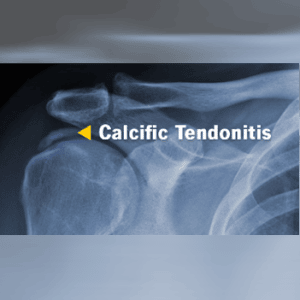Surgery
Surgery is only required if the pain is not controlled with the treatment above and/or the pain is extremely severe.
The goal of any surgery to reduce the effects of possible ‘impingement’ of the deposit. By increasing the amount of space between the acromion and the rotator cuff tendons, surgery may allow for easier movement and less pain and inflammation. The calcium deposit is also debrided and released at the same time. The operation performed is called an Arthroscopic (keyhole) sub-acromial decompression and excision of the calcific deposit.
Your healthcare practitioner will be able to talk through options as appropriate.
